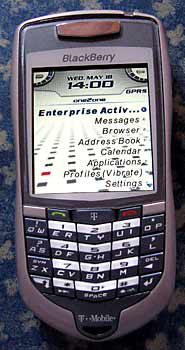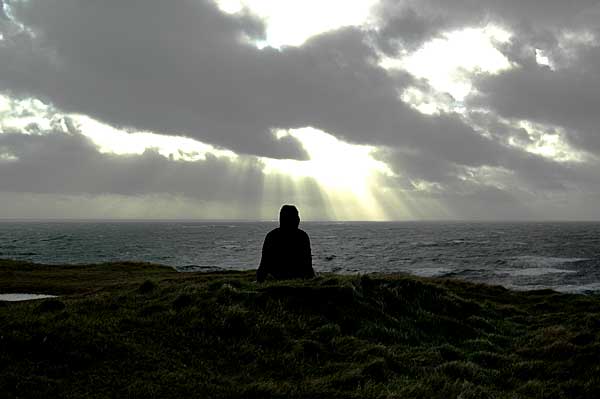This morning’s Observer column…
Q: What’s a record company?
A: An organisation whose survival depends on suing those who are potentially its best customers.
I exaggerate – but only slightly. Scarcely a week goes by without some salivating music industry executive detailing the latest batch of lawsuits launched against file-sharing teenagers. In an interesting variation on this litigious theme, Candy Chan, an American parent of one of these errant youngsters, refused to settle on behalf of her 13-year-old-daughter, Brittany. When she announced this plan of action, however, the record companies decided to go after the kid directly.But in order to do this they had to find a way of neutralising mummy. So they petitioned the court to push Mrs Chan aside and appoint a legal guardian in her place.
Truly, you couldn’t make this stuff up. The whole saga of music downloading is set to become a business school case study on the lengths to which an industry will go to defend a business model that technology has rendered obsolete…
Update: It looks as though sophisticated use of the Internet by bands is much more extensive than my reference to Arctic Monkeys implied. Here’ for example, is an intriguing Wired article about Myspace.com.




